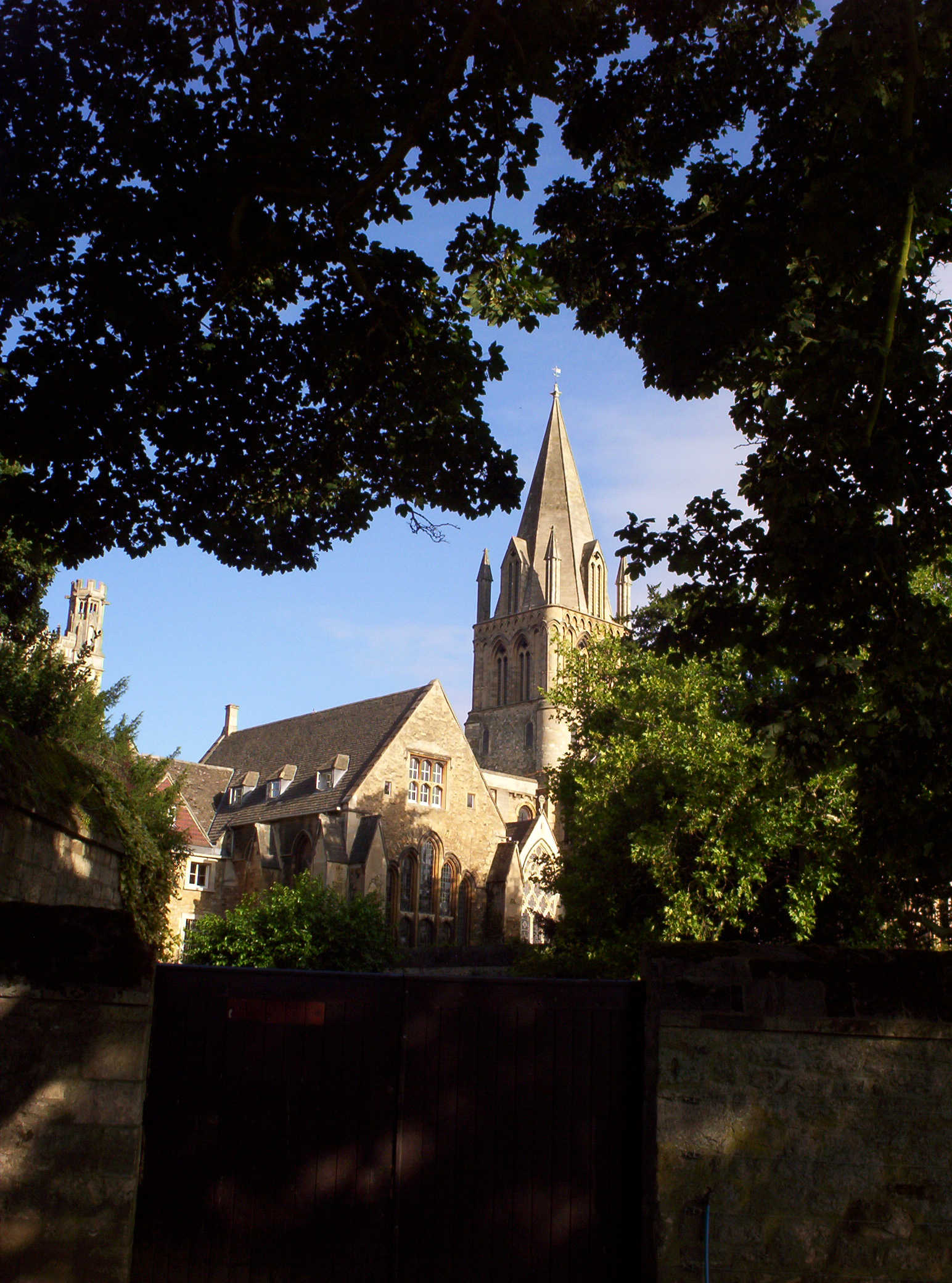|
Benjamin Ingham
Benjamin Ingham (11 June 1712 .S./small> – 1772) was an English cleric who was the founder of the Moravian Church in England as well as his own Inghamite societies. He was born and raised in the West Riding of Yorkshire in Northern England. He earned his B.A. degree from Oxford University, and was ordained at age 23. Methodist connections from Oxford led to a colonial mission in America where he developed a keen interest in the Moravian church from German missionaries. Following a 1738 visit to Germany for greater exposure to the Moravian faith, Ingham returned to preaching in Yorkshire for the next four years. During this time he built up a following of more societies than he could manage. Ingham relinquished control of his societies to the Moravian Brethren in 1742. Ingham’s Moravian transformation occurred the year following his marriage to Lady Margaret Hastings. The Moravians, or Unitas Fratrum, were recognized by the British Crown in 1749 thereby creating the Moravian ... [...More Info...] [...Related Items...] OR: [Wikipedia] [Google] [Baidu] |
Ossett
Ossett is a market town in the City of Wakefield metropolitan borough in West Yorkshire, England. Historically part of the West Riding of Yorkshire, it is situated between Dewsbury, Horbury and Wakefield. At the 2011 Census, the population was 21,231.https://www.nomisweb.co.uk/census/2011/ks101ew Census 2011 table KS101EW Usual resident population, West Yorkshire – Ossett BUASD, code E35000387 Ossett forms part of the Heavy Woollen District. History Toponymy The name ''Ossett'' derives from the Old English and is either "the fold of a man named Osla" or " a fold frequented by blackbirds". Ossett is sometimes misspelled as "Osset". In Ellis' ''On Early English Pronunciation'', one of the founding works of British linguistics, the incorrect spelling is used. The British Library has an online dialect study that uses the spelling. One new alternative theory is that it is the place where King Osbehrt died after receiving fatal wounds when fighting the Great Heathen Army of the Vi ... [...More Info...] [...Related Items...] OR: [Wikipedia] [Google] [Baidu] |
Bishop Of Oxford
The Bishop of Oxford is the diocesan bishop of the Church of England Diocese of Oxford in the Province of Canterbury; his seat is at Christ Church Cathedral, Oxford. The current bishop is Steven Croft, following the confirmation of his election to the See on 6 July 2016.Diocese of Oxford — Legal ceremony brings Bishop Steven a step closer & Diocese of Oxford — Letter from Bishop Steven (Both Retrieved 8 July 2016) The Bishop of Oxford has authority throughout the diocese, but also has primary responsibility for the city and suburbs of Oxford, which form the Archdeaconry of Ox ... [...More Info...] [...Related Items...] OR: [Wikipedia] [Google] [Baidu] |
Muscogee Creek
The Muscogee, also known as the Mvskoke, Muscogee Creek, and the Muscogee Creek Confederacy ( in the Muscogee language), are a group of related indigenous (Native American) peoples of the Southeastern WoodlandsTranscribed documents Sequoyah Research Center and the American Native Press Archives in the . Their original homelands are in what now comprises southern , much of , western |
Mary Musgrove
Mary Musgrove (Muscogee name, Coosaponakeesa, c. 1700–1765) was a leading figure in early Georgia history. Mary was the daughter of Edward Griffin, a trader from Charles Town in the Province of Carolina, of English heritage, and a Muscogee Creek mother. Mary contributed to the development of colonial Georgia and became an important intermediary between Muscogee Creek natives and the Georgia colonists. She attempted to carve out a life that merged both cultures and fought for her own rights in both worlds. Early life Mary Musgrove was born in the Creek Indian "Wind Clan" with the Creek name Coosaponakeesa in Coweta Town along the Ockmulgee River. She was the daughter of a Creek Native American woman and Edward Griffin, a trader from Charles Town in the Province of Carolina, of English descent. Her mother died when she was 3 years old and, soon after, she was taken into the custody of her grandmother. She later became known by her Christian and married names, Mary Griffin Musg ... [...More Info...] [...Related Items...] OR: [Wikipedia] [Google] [Baidu] |
Tomochichi
Tomochichi (to-mo-chi-chi') (c. 1644 – October 5, 1741) was the head chief of a Yamacraw town on the site of present-day Savannah, Georgia, in the 18th century. He gave his land to James Oglethorpe to build the city of Savannah. He remains a prominent historical figure of early Georgia history. As the principal mediator between the native population and the new British settlers during the first years of settlement, he contributed much to the establishment of peaceful relations between the two groups and to the ultimate success of Georgia. Life Although much of his early life is unknown, Tomochichi was exiled from the Creek nation for unclear reasons and, along with several followers, he first settled in what is now Savannah, Georgia. Presumably, he was Creek and participated in their early activities with settlers in the colony of Carolina. In about 1730 Tomochichi created his own tribe of Yamacraw from an assortment of Creek and Yamasee Indians after the two nations disagre ... [...More Info...] [...Related Items...] OR: [Wikipedia] [Google] [Baidu] |
Savannah River
The Savannah River is a major river in the southeastern United States, forming most of the border between the states of South Carolina and Georgia. Two tributaries of the Savannah, the Tugaloo River and the Chattooga River, form the northernmost part of the border. The Savannah River drainage basin extends into the southeastern side of the Appalachian Mountains just inside North Carolina, bounded by the Eastern Continental Divide. The river is around long.U.S. Geological Survey. National Hydrography Dataset high-resolution flowline dataThe National Map, accessed April 26, 2011 The Savannah was formed by the confluence of the Tugaloo River and the Seneca River. Today this confluence is submerged beneath Lake Hartwell. The Tallulah Gorge is located on the Tallulah River, a tributary of the Tugaloo River that forms the northwest branch of the Savannah River. Two major cities are located along the Savannah River: Savannah and Augusta, Georgia. They were nuclei of early Eng ... [...More Info...] [...Related Items...] OR: [Wikipedia] [Google] [Baidu] |
Province Of Georgia
A province is almost always an administrative division within a country or state. The term derives from the ancient Roman ''provincia'', which was the major territorial and administrative unit of the Roman Empire's territorial possessions outside Italy. The term ''province'' has since been adopted by many countries. In some countries with no actual provinces, "the provinces" is a metaphorical term meaning "outside the capital city". While some provinces were produced artificially by colonial powers, others were formed around local groups with their own ethnic identities. Many have their own powers independent of central or federal authority, especially in Canada and Pakistan. In other countries, like China or France, provinces are the creation of central government, with very little autonomy. Etymology The English word ''province'' is attested since about 1330 and derives from the 13th-century Old French , which itself comes from the Latin word , which referred to the sphere ... [...More Info...] [...Related Items...] OR: [Wikipedia] [Google] [Baidu] |
James Oglethorpe
James Edward Oglethorpe (22 December 1696 – 30 June 1785) was a British soldier, Member of Parliament, and philanthropist, as well as the founder of the colony of Georgia in what was then British America. As a social reformer, he hoped to resettle Britain's "worthy poor" in the New World, initially focusing on those in debtors' prisons. Born to a prominent British family, Oglethorpe left college in England and a British Army commission to travel to France, where he attended a military academy before fighting under Prince Eugene of Savoy in the Austro-Turkish War (1716–1718), Austro-Turkish War. He returned to England in 1718, and was elected to the House of Commons of the United Kingdom, House of Commons in 1722. His early years were relatively undistinguished until 1729, when Oglethorpe was made chair of the Gaols Committee that investigated British debtors' prisons. After the report was published, to widespread attention, Oglethorpe and others began publicizing the idea o ... [...More Info...] [...Related Items...] OR: [Wikipedia] [Google] [Baidu] |
Corporate Charter
In corporate governance, a company's articles of association (AoA, called articles of incorporation in some jurisdictions) is a document which, along with the memorandum of association (in cases where it exists) form the company's constitution, and defines the responsibilities of the Board of directors, directors, the kind of business to be undertaken, and the means by which the shareholders exert control over the board of directors. Articles of association are very critical documents to corporate operations, as they may regulate both internal and external affairs. Articles of incorporation, also referred to as the certificate of incorporation or the corporate charter, is a document or charter that establishes the existence of a corporation in the United States and Canada. They generally are filed with the Secretary of State in the U.S. State where the company is incorporated, or other list of company registers, company registrar. An equivalent term for limited liability comp ... [...More Info...] [...Related Items...] OR: [Wikipedia] [Google] [Baidu] |
King George II Of Great Britain
, house = Hanover , religion = Protestant , father = George I of Great Britain , mother = Sophia Dorothea of Celle , birth_date = 30 October / 9 November 1683 , birth_place = Herrenhausen Palace,Cannon. or Leine Palace, Hanover , death_date = , death_place = Kensington Palace, London, England , burial_date = 11 November 1760 , burial_place = Westminster Abbey, London , signature = Firma del Rey George II.svg , signature_alt = George's signature in cursive George II (George Augustus; german: link=no, Georg August; 30 October / 9 November 1683 – 25 October 1760) was King of Great Britain and Ireland, Duke of Brunswick-Lüneburg (Hanover) and a prince-elector of the Holy Roman Empire from 11 June 1727 ( O.S.) until his death in 1760. Born and brought up in northern Germany, George is the most recent British monarch born outside Great Britain. The Act of Settlement 1701 and the Acts of Union 1707 positioned his grandmother, Soph ... [...More Info...] [...Related Items...] OR: [Wikipedia] [Google] [Baidu] |
Colonial North America 1689 To 1783
Colonial or The Colonial may refer to: * Colonial, of, relating to, or characteristic of a colony or colony (biology) Architecture * American colonial architecture * French Colonial * Spanish Colonial architecture Automobiles * Colonial (1920 automobile), the first American automobile with four-wheel brakes * Colonial (Shaw automobile), a rebranded Shaw sold from 1921 until 1922 * Colonial (1921 automobile), a car from Boston which was sold from 1921 until 1922 Places * The Colonial (Indianapolis, Indiana) * The Colonial (Mansfield, Ohio), a National Register of Historic Places listings in Richland County, Ohio, National Register of Historic Places listing in Richland County, Ohio * Ciudad Colonial (Santo Domingo), a historic central neighborhood of Santo Domingo * Colonial Country Club (Memphis), a golf course in Tennessee * Colonial Country Club (Fort Worth), a golf course in Texas ** Fort Worth Invitational or The Colonial, a PGA golf tournament Trains * Colonial (PRR train), ... [...More Info...] [...Related Items...] OR: [Wikipedia] [Google] [Baidu] |
Holy Club
The "Holy Club" was an organization at Christ Church, Oxford, formed in 1729 by brothers John and Charles Wesley, who later contributed to the formation of the Methodist Church. The brothers and associates, including George Whitefield, met for prayer, Bible study, and pious discipline. History The "Holy Club" started in November 1729 when John Wesley went to live at the University of Oxford. When he came to reside there, three of his friends along with himself agreed to spend three or four evenings together, every week. Their intention was to "read over" (skim through and discuss) the classics together, which they had already read before privately and to read a book about divinity on Sundays. Charles Wesley, John's brother, was one of the four individuals making up this small cell group. The actual title of "The Holy Club" was not a name which any of the members came up with, but rather was a title bestowed upon them (most likely as an insult by those trying to mock them). As ... [...More Info...] [...Related Items...] OR: [Wikipedia] [Google] [Baidu] |

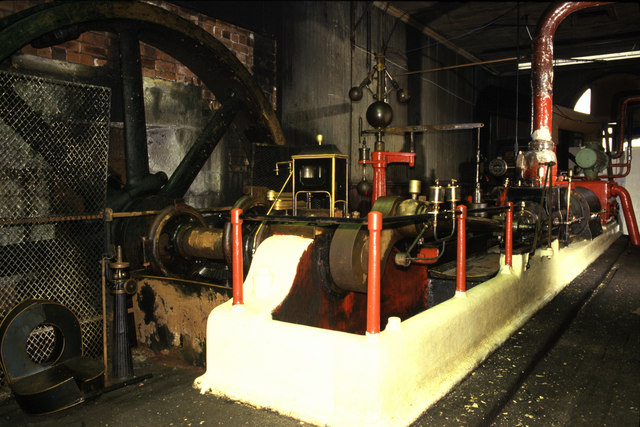

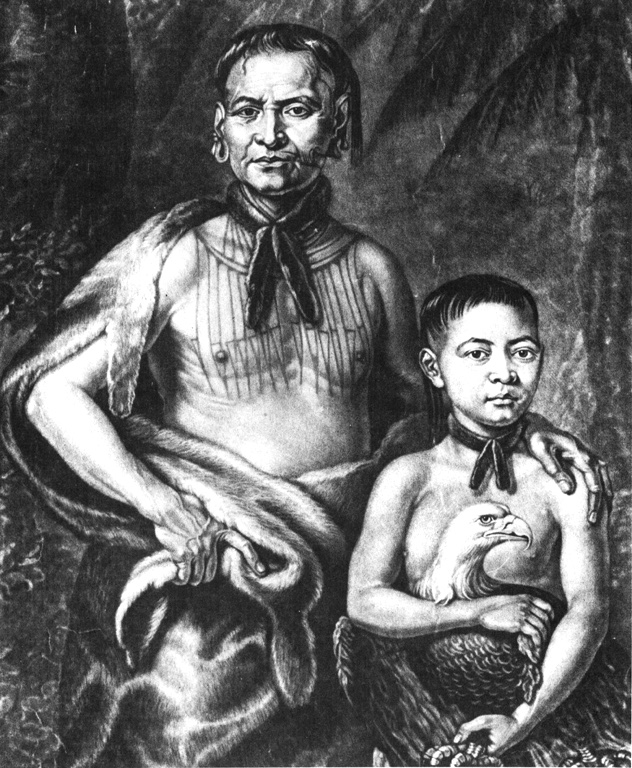

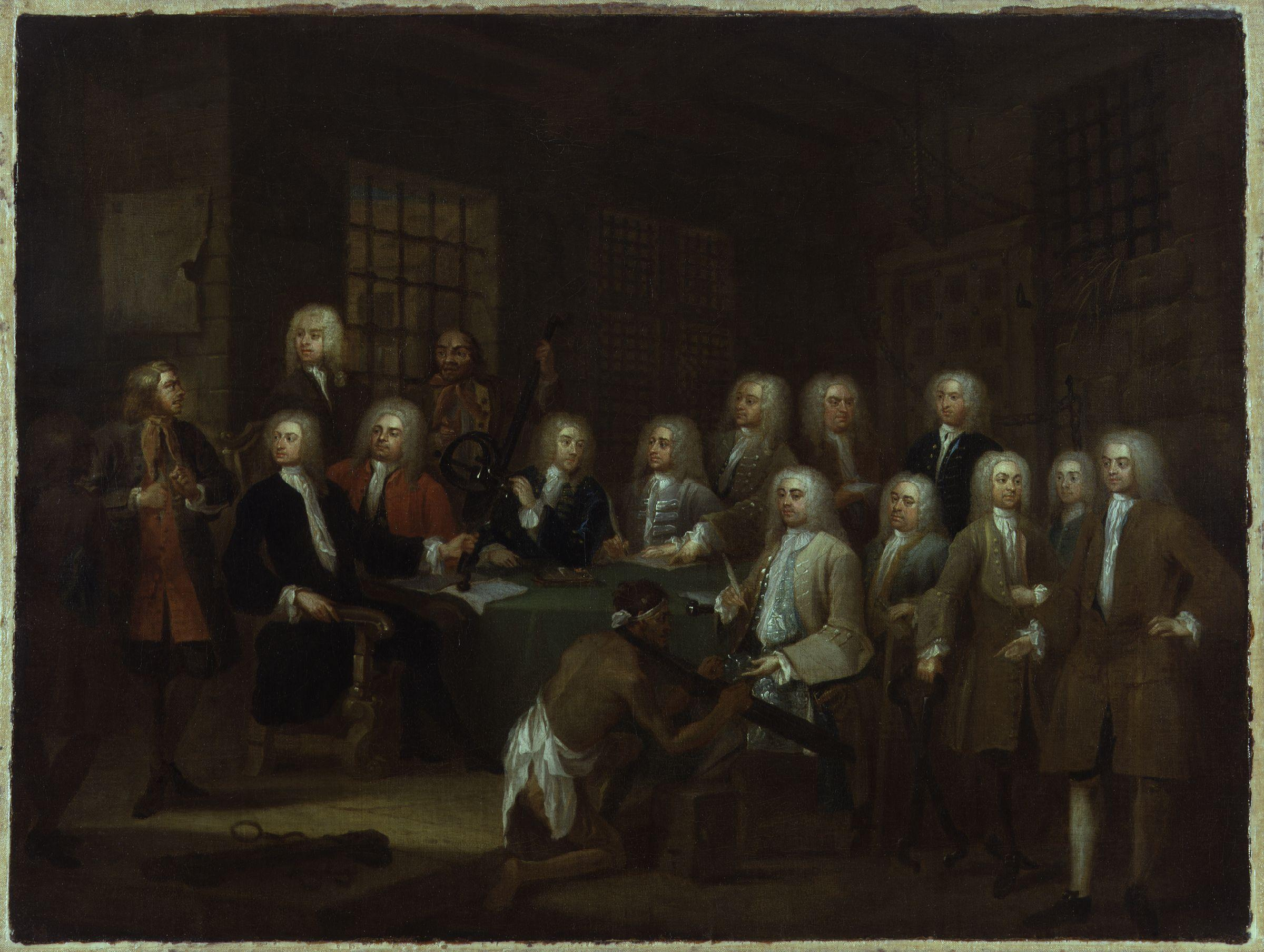
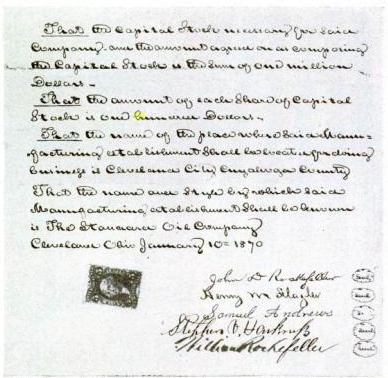
_und_ihre_Kinder_Georg_August_und_Sophie_Dorothea.jpg)
